
History & Theory of
Social Practice Art
Spring 2020: ARTS 777 – ARTH 505/310
Sholette, Gregory instructor
Thursdays 6- 8 PM
Klapper Hall 672
Email: gsholetteSTUDIO@gmail.com
** Syllabus and its content might be changed, online site is latest version.
*** A copy of the basic syllabus is available here: CLICK
An increasing number of artists, curators, and critics have recently turned their energies toward a new type of participatory art activism. What had previously been marginalized is now gaining more mainstream attention, with a new prominence in museums, biennials, but also on the streets and other public spaces. Even the New York Times has hailed the emergence of this tendency as “social practice art.” The aim of this seminar is to survey, critique and historicize the theory and practice of social practice art as well as activist, interventionist, public, participatory and community based art operating within and across fields such as performance, urban studies, environmental science and other socially engaged disciplines. The class will focus on such questions as: Why is it useful, even necessary, to understand the history and theory of social practice art? Where should we look to find the historical roots of social practice art? Are these within the history of art, or external to it, or crossing a line between two spheres of cultural interpretation and understanding? And what is the “social”? In an increasingly privatized society how do we define and operate within a concept of the public sphere? And how are both mainstream and alternative types of cultural institutions responding to the increasing interest in socially engaged art by emerging artists? Through lectures, readings, discussions and student research presentations we will seek to position socially-engaged visual culture and the shifting role of the artist within an historical, ideological, and critical framework. If possible, guest speakers and offsite visits will also be added as available.
Learning Goals & Objectives
# Develop theoretical and historical knowledge of emerging social practice art field.
# Explore and debate complexities, paradoxes and possibilities of socially engaged art.
# Engage in original research related to social practices and individual student projects.
# Foster an environment for investigating cross-disciplinary exchange and critical thinking.
# Acquire working knowledge of seminal texts relevant to this field and in relation to the broader background of art history.
Five Research Questions this Course will Attempt to Answer:
1. The definition question: How does social practice differentiate itself from social service ? Is this important to resolve? What kind of questions and assumptions arise if we seek to make social practice its own distinct artistic method? And what sort of questions and assumptions arise if we do not differentiate it from art or from say, community work, environmental activism, urban reform, or social justice advocacy?
2. The institutionalization/academic question: Is social practice art radically opposed to mainstream art and culture? Is it rejuvenating it? Or is it being co-opted by it? How can we frame this question to get beyond simple answers and find a more engaging and useful thesis from which to work?
3. The context question: Who is a social practice artist and what sort of “agency” does she or he have in a world of hyper-surveillance and economic ? And who is such work made for and why? Is it global or local, white or black, academic, or populist? Does it have a specific historical framing? Is it logical to assume it will be part of future arts academic curricula and how will this alter the study of art and of art criticism, history, curating, etc..?
4. The “aesthetic” question: Is there a social practice art-aesthetic or form or repertoire of forms specific to this kind of work? If yes, what kind of questions do we need to ask in order to investigate what this particular aesthetic consists of? And if there is no such thing as a social practice aesthetic how will this “lack” impact the practice of social practice art if at all?
5. The organizational question: the practice of social practice art, as opposed to many other types of artistic practice, inevitably involves processes of organization, administration, and self-governance. What precedents exist regarding this conjoining of artistic and organizational needs and goals, and does a distinctive hybrid of some type emerge from this entanglement?
Assignments and Expectations
A. Generate at least one question or observation for each week’s reading or viewing.
B. Make one short presentation on your research during the course of the semester in consultation with instructor.
C. Each student produces a final critical research essay (10 pages) based on original research that may be centered on archival work, first-person observation of a socially engaged or community art project, and/or an interview with at least one stakeholder (artist/organizer/participant) engaged in social practice art.
Grading and Requirements
You are responsible for reading and discussing all assigned texts. Attendance is essential due to the participatory nature of this course. All students are expected to come to class prepared and on time. If a problem arises regarding attendance or assignments, you should contact me as soon as possible. Missing a class does not mean that you are excused from an assignment. You should make arrangements with me or with a classmate to obtain any handouts or information. In short, participation and attendance figures heavily in your overall evaluation and grade.
Evaluation:
30% Participation in class
10% Five one-page response papers
40 % Class presentation
20% Final paper (10-12 pages
THE FINAL PROJECT: 4 OPTIONS:
Final projects can consist of 1.) an artistic work based on research and knowledge gained during our seminar. This project needs to be accompanied by documentation of research in the form of a short description of the piece and a bibliography of research references (that must include some written material, three minimum, but can also cite art works, musical compositions, performances etc…) 2.) A second option is to submit a research paper grounded by an interview with a social practice practitioner. This should be a five to eight page paper encapsulating key aspects of the transcribed interview within a thesis (introduction, excerpts from the interview of about 1000 words, concluding remarks/summation/reflection) plust a bibliography. 3.) Thirdly you can write a book review of 1500 – 2000 words, or 4.) a traditional research paper (5 – 8 pgs) focused on a topic related to socially engaged art or a particular practitioner of socially engaged art.
FINAL PROJECT DETAILS:
1.
ALTERNATIVE “CREATIVE” FINAL RESEARCH PROJECT
Option one is to create an art project (installation, series of drawings, a graphic novel, video piece, sound artwork, performance piece, photographic album and so forth) that explores or responds to one or more themes that we have discussed in class. A one to two page description of your project with a bibliographical reference list must also accompany this option.
2.
INTERVIEW-BASED PAPER
This is a traditional research paper based on an interview. Please make the paper five to eight standard pages, inclusive of footnotes and bibliographic references and illustrations if any. The five research questions listed on the online syllabus are there to stimulate your critical thinking regarding our topic. You may also select one or more of them to help frame the paper. Bear in mind that transcribing an interview from an audio recording is time-consuming and tedious, so it is not recommended to conduct an unnecessarily long interview. Be sure that if an interview is at the heart of your thesis that you do frame the interview transcription with your own research question introduction and conclusions. If you decide to base the paper on an interview please see the suggested Interview Prep & Thesis Guide to prepare your interview here: INTERVIEW PREP & THESIS GUIDE
3.
BOOK REVIEW
A book review (or a long essay review of more than 3000 words/8 pages) of a text about socially engaged art that we have not read in the class should. Your review should consist of 1500 – 2000 words and accomplish these objectives: 1.) Summarize why the book/essay is important including what its arguments are and how it relates to socially engaged art. 2.) How does this particular book contribute to the field of art, socially engaged practices, improving society? 3.) Does the author(s) achieve what they set out to do and does their argument make sense? Additional notes: if you quote the author be sure to add the page number of the citation inside (parentheses). For more details see: BOOK REVIEW GUIDELINES, and be sure to use this format below for the title of your review:
Title and Subtitle [Upper case and boldface]. Author(s) or Editor(s). Place of Publication: Name of Press, Date. pp.[both Roman and Arabic numerals]; maps, diagrs., ills., notes, bibliog., index [include these as appropriate]. $00.00 paper (ISBN); $00.00 cloth (ISBN); $00.00 electronic (ISBN).
Geographies of Mars: Seeing and Knowing the Red Planet. K. Maria D. Lane. Chicago, IL: University of Chicago Press, 2011. xiii and 266 pp., maps, photos, diagrams, illus., notes, bibliog., index. $45.00 cloth (ISBN 978-0-226-47078-4); $7.00 $36.00 electronic (ISBN 978-0-226-47095).
4.
RESEARCH PAPER (Thesis-Driven Essay)
5 – 8 pages. Please click on this link to find a step-by-step tutorial for writing a thesis paper: THESIS-DRIVEN PAPER GUIDELINES
Additional readings and possible book review sources are available in this Socially Engaged Arts Reader compilation: CLICK
Five evaluative concepts/markers for the presence of a “work of art” (these might be useful for your project):
INTENTION – intention of the artist about the project [the work/performance/event/etc…] as a work of art
ART-CENTRICITY – artistic concerns or activities are a central concern of the project
INSTITUTIONALITY – the project is readable within the discourse and power relations of art industry/art history, criticism & theory
WORLDING – the project’s methods draw upon, explore, and/or expand a uniquely artistic world view and/or approach to research
TRESPASSING – Rick Lowe’s term for mimicry & border-crossing visual art carries out into other disciplines, parts of society or the world)
THE SYLLABUS
Your News Articles please submit CUNY COMMONS here: CLICK
30 January—Introductions
6 February– Presentation: origin stories about socially engaged art
Readings:
Pablo Helguera: Introduction and Definitions chapter to Education for Socially Engaged
Grant Kester: Chapter One “Eyes of the Vulgar” of Conversation Pieces
Sharon Irish. “Book Excerpt – Suzanne Lacy: Spaces Between”

John Everett Millais “Bubbles”1886

Rachel Whiteread “House” 1993
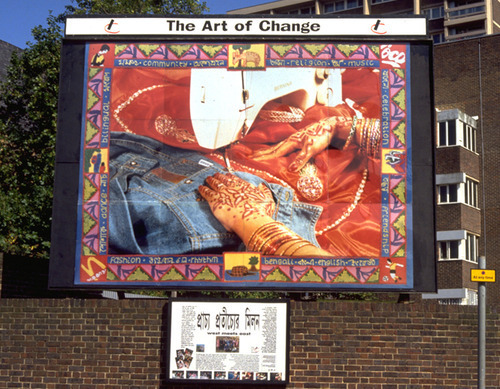
Loraine Leeson “West Meets East” 1992

Grant Wood “American Gothc” (Left 1930

Barnett Newman circa 1945

Donald Judd 1988
Samuel Beckett,”NOT I” 1973
13 February – Urbanism, Real Estate and Art Estates (Part One)
How can art intervene in a city? Compare the goals and accomplishments of Corona Plaza here in Queens and Project Row Houses in Houston, Texas.
Readings:
Sholette interview with Rick Lowe from Huffington Post
20 February— Immigration and Art
Compare and contrast the work of Teddy Cruz, Pedro Lasch and Tania Bruguera. All are deeply engaged with issues of art and immigration. How do they choose to enact their ideas?
And about SPQ’s Transforming Corona Plaza Project:
http://www.streetfilms.org/queens-corona-plaza-a-community-place-rises/
Transforming Corona Plaza Studio Presentation
Readings:
Sholette interview with T. Cruz “Urban Policy & DNA”
Article about Immigrant Movement International (IMI)
* SOME LINKS ABOUT POST-WAR ART AND URBANISM CLICK
27 February— Critics of Social Practice
How does Tom Finkelpearl narrate the story of what social practice is? How does he address Claire Bishop’s version and criticisms. And what about the criticism of Ben Davis? Do you find their arguments convincing? If not, how would you defend, say, Project Row Houses or some other social practice art project using these arguments or your own?
Sherry Arnstein: “A Ladder of Citizen Participation,” 1969
Citizen Control
Delegated Power
Partnership
Placation
Consultation
Informing
Therapy
Manipulation
Readings:
Ben Davis in International Socialist Review
Introduction to “What We Made,” by Tom Finkelpearl
FIrst Short Writing Assignment: Please submit before Thursday monting by email 500 – 750 words on one of these topics. Be sure to base your answer and observations on our 1.) readings; 2.) class discussions; and/or 3.) your own research (though note: you don’t actually need to have an absolutely definitive “answer” and can even pose additional questions) :
Who is a social practice artist and what sort of “agency” does she or he have in a world of hyper-surveillance and economic ?
Is there a social practice art-aesthetic or form or repertoire of forms specific to this kind of work? If yes, what kind of questions do we need to ask in order to investigate what this particular aesthetic consists of?
Who is a social practice artist and what sort of “agency” does she or he have?
__________________________________
5 March—Labor and Art and Society
Compare the relationship between Rev- and Mierle Ukeles in terms of their relationship with the workers they collaborate with. How do the community participants have a say in the artwork? What is artistic dark matter and does it have agency?
Readings:
Tom Finkelpearl interviews Mierle Laderman Ukeles from his book Dialogues in Public Art.
The labor-oriented performance art of Marty Pottinger
Interview with Marty Pottinger

DEATH DRIVE, FUTURIST
FASCISM, ETERNAL RETURN

__________________________________
19 March— Communalism, Cooperation, Collaboration and Collectivism: A Conversation with Tom Finkelpearl
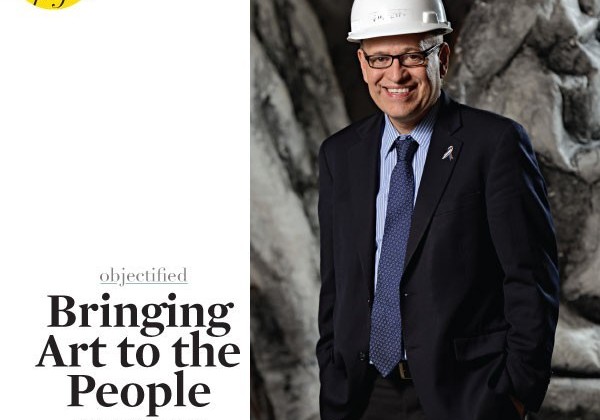
Can we make meaningful distinctions between these various terms used for social practices?
Reading:
Finkelpearl, “A Cooperative Animal”
__________________________________
26 March— Sociality During and After COVID-19: A Conversation with Chloë Bass

Chloë Bass: “Reflections from Nowhere: Social Media
Activism and the Strange Politics of Participation.”
SPECIAL INSERT: COVID-19 READINGS:
“The Corona Reboot” by Ian Alan Paul
“Coronavirus Propagations” by Jonas Staal
__________________________________
2 April — Urbanism, Real Estate and Art Estates (part 1): A Conversation with Rick Lowe
A discussion about Social Sculpture with a surprise guest:

9 APRIL: SPRING BREAK / NO CLASS
Reading: Notes about Joseph Beuys, Gregory Sholette (2018)
16 April— A Conversation with Frida Kahlo, co-founder of the Guerrilla Girls
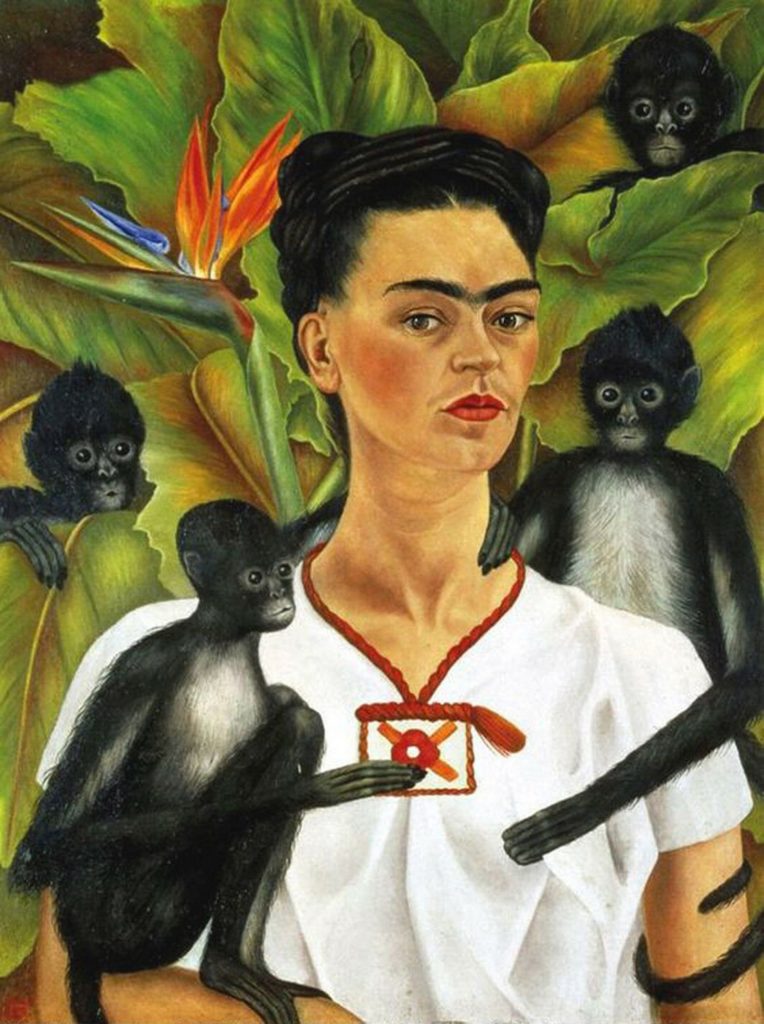
Visit the Guerilla Girls website: https://www.guerrillagirls.com/
Frida also wants to address the recent wave of Covid-19 related museum layoffs and how museum trustees are still providing millions of dollars in support to directors or to name a building or gallery after themselves, even in this time of crisis. Please be prepared with several questions for her based on your research and our readings and consider these categories:
Culture Jamming + Public Shaming
Artist Led Boycotts + Diversity of the Art World
Precarious Cultural Labor + Museum Unionization
PPT LECTURE: A BRIEF HISTORY OF INSTITUTIONAL CRITIQUE
—
13 April – A Conversation with Tania Bruguera, Havana Cuba
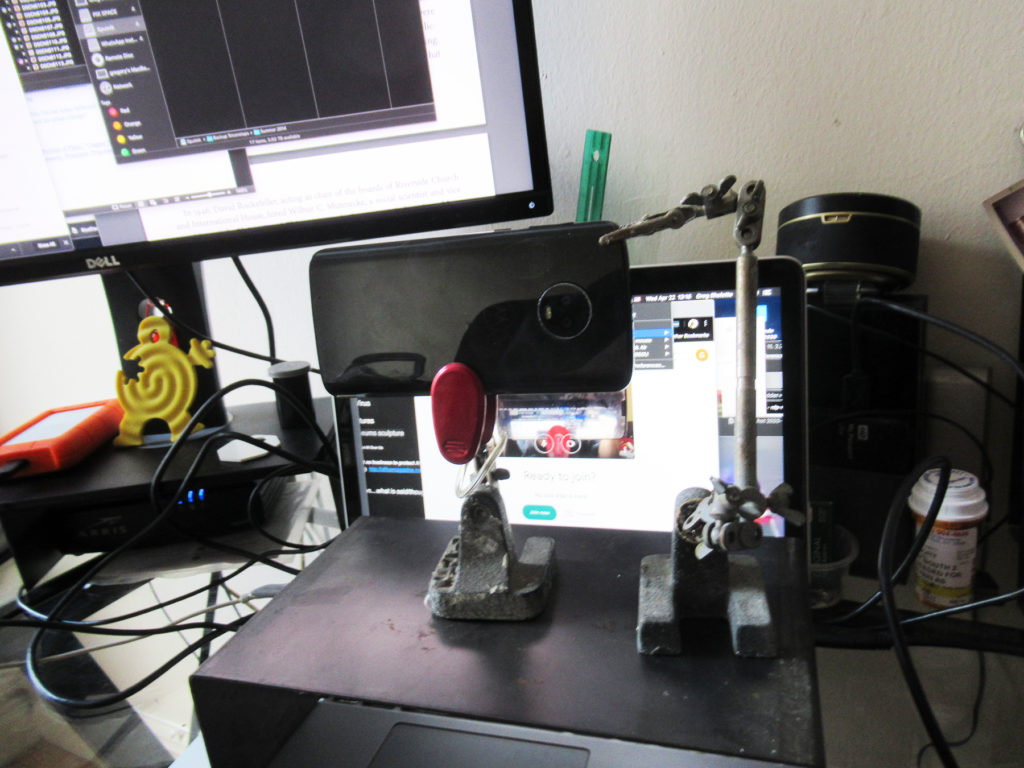
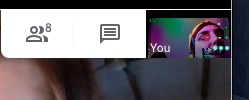
13/4 & Teaching Socially Engaged Art (Part One)
Readings:
Excerpts from Sholette & Bass: Art As Social Action TBA
30 April— Teaching SEA (Continued)
& Theaster Gates: Art Estates
Readings:
John Colapinto, “The Real-Estate Artist,” The New Yorker, Jan. 20, 2014
Additional Readings:
Reading: The Collective Making of ABC NO RIO, Nandini Bagchee
Nate Bert, “From Theaster Gates to Assemble: is there an art to urban regeneration?”
Gary Younge, “Theaster Gates, the artist whose latest project is regenerating Chicago.”
Sholette, “Art After Gentrification.”
7 May— Questions for all of us:
how will socially engaged art
be practiced in an era of social
distancing? And is collective support
possible when collective activity is
mediated by technology?
REPOhistory slide presentation with notes: click here
Additional resources for REPOhistory
1992 REPOhistory sign project catalog
Overview of REPOhistory 1989-2000
Online documentation of REPOhistory signs (select)
Fordham Urban Law Journal about 1998 REPOhistory project
14 May— Short Presentations // Conclusions and Self-Critique
21 May – All Final Projects Are Due
Additional Resources for this class:
General history of art collectivism timeline
The Tate’s Definition of Socially engaged art practice
Identity and Political Art as Mainstream Culture
Proletarian Fashion Dolce & Gabbana (seriously?)
______________________________________________
CUNY POLICY ON ACADEMIC INTEGRITY
The Policy on Academic Integrity, as adopted by the Board is available to all candidates. Academic Dishonesty is prohibited in The City University of New York and is punishable by penalties, including failing grades, suspension, and expulsion. This policy and others related to candidates’ issues are available to you at: http://qc.cuny.edu/?id=IUHC
USE OF CANDIDATE WORK
All teacher education programs in New York State undergo periodic reviews by accreditation agencies and the state education department. For these purposes, samples of candidates’ work are made available to those professionals conducting the review. Candidate anonymity is assured under these circumstances. If you do not wish to have your work made available for these purposes, please let the professor know before the start of the second class. Your cooperation is greatly appreciated.
REASONABLE ACCOMMODATIONS FOR CANDIDATES WITH DISABILITIES
Candidates with disabilities needing academic accommodation should: 1) register with and provide documentation to the Special Services Office, Frese Hall, Room 111; 2) bring a letter indicating the need for accommodation and what type. This should be done during the first week of class. For more information about services available to Queens College candidates, contact: Special Service Office; Director, Miriam Detres-Hickey, Frese Hall, Room 111; 718-997-5870 (Monday – Thursday 8:00 a.m. to 5:00 p.m. & Friday 8:00 a.m. to 4 p.m.).
______________________________________________
______________________________________________
Orphan Class — The Institutionalization of Social Practice Art?
What is happening when major art institutions around the world embrace political, interventionist and socially engaged art practices? Does it undermine this art’s critical edge, or add to its potential for making actual change in the world, or some paradoxical combination of both cooptation and legitimating strengthening of the practice?
Readings:
Michael G. Birchall, Socially engaged art in the 1990s and beyond
